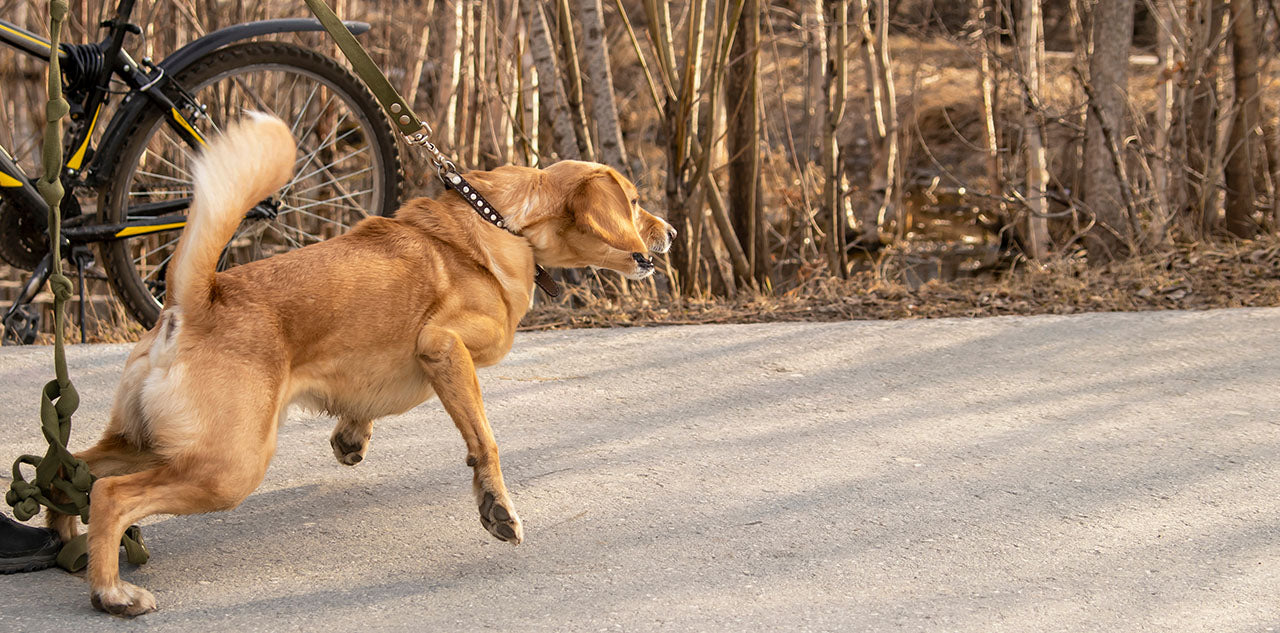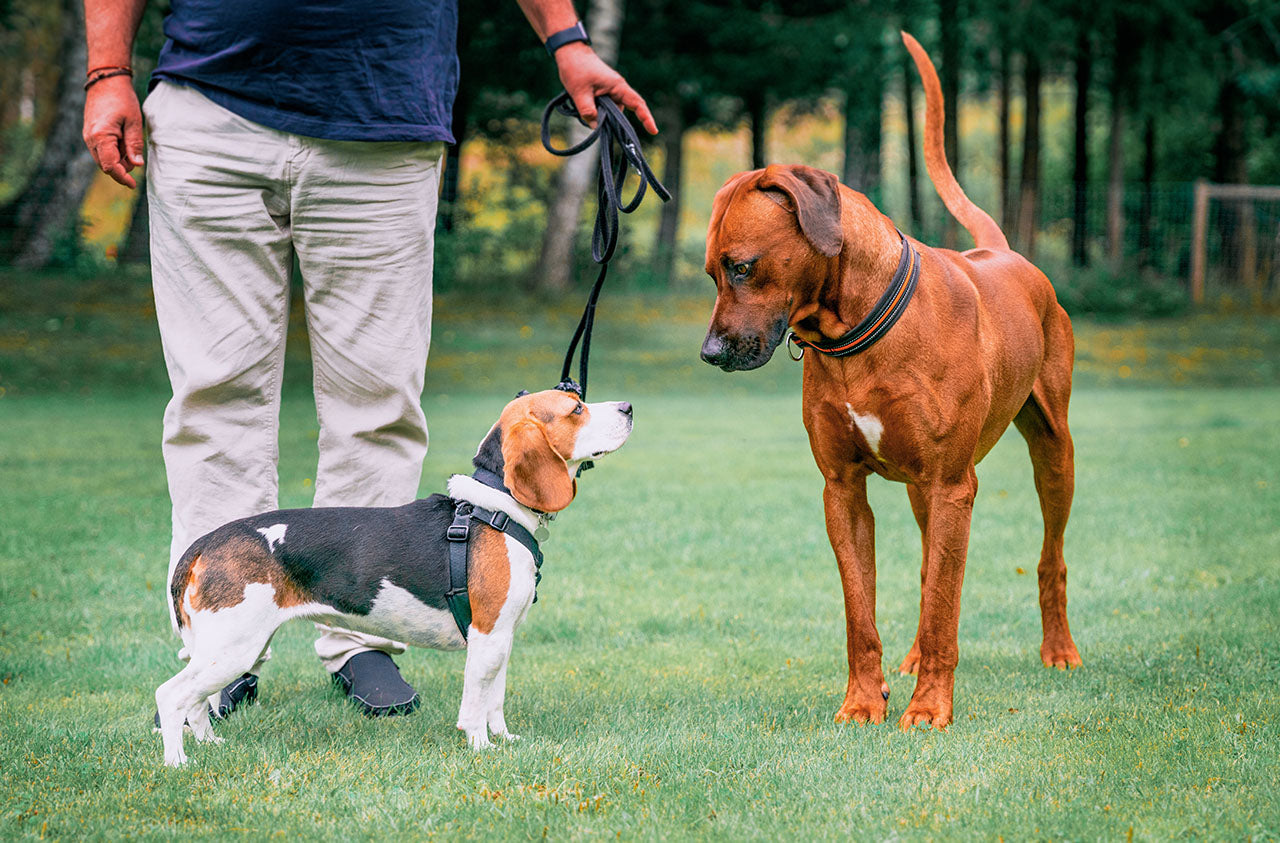In order for our four-legged companions to enrich our everyday lives without worry, it is important that our furry friends have internalized some important commands right from the start.
The different principles of learning in dogs
- Classical conditioning: Dogs learn through associations between stimuli. A well-known example is Pavlovian conditioning, in which a dog learns that the ringing of a bell (neutral stimulus) is associated with feeding (unconditioned stimulus) and therefore responds to the ringing of the bell by salivating (conditioned response).
- Operant conditioning: Dogs learn through consequences of their behavior. Positive reinforcement (e.g. reward) increases the likelihood that a behavior will be repeated, while negative reinforcement (e.g. removal of an unpleasant stimulus) causes a behavior to be reinforced. Punishment (positive or negative) decreases the likelihood of a behavior.
- Habituation: Dogs become accustomed to repeated stimuli that have no important meaning or consequence. Through repeated exposure, the behavior toward these stimuli is weakened or suppressed.
- Social learning: Dogs can learn by observing other dogs or people. They imitate behaviors they see in other dogs or their owner.
- Learning from success: Dogs learn through experience and trial and error. If a certain behavior leads to a desired result, the likelihood is high that the dog will show that behavior again.
When training dogs, these learning principles are used to encourage desired behaviors and reduce undesirable behaviors. Positive reinforcement, rewards, and clear communication are key aspects to enabling effective learning in dogs. It is important to note that every dog is individual and learns at different rates. Patience, consistency, and positive reinforcement are crucial to achieving successful training and learning in dogs.
Lifelong learning for our dogs
It is important for us to know that dogs can learn throughout their lives – and want! However, just like with us humans, younger animals find it easier to learn new commands. It is important to note that even if the commands are learned, they must trained again and again become.
So when we get a four-legged addition to the family, we can basically get started right away. If the puppy comes from a breeder, it will usually not younger than 8 weeks Within these eight weeks, a puppy has already developed around 80% of its brain power. It is therefore well able to learn the basic commands. In daily training with puppies, we must not forget that our four-legged friends have a relatively short attention span - similar to small children. Therefore, during this time, it is a good idea for the owner patience , Consistency in Action and that Sending clear signals the most important companions.
repetition of commands
If we practice these commands, we will many repetitions , even more treats and countless praise. However, the first successes will come quickly.
The feeling of a completed interaction between four-legged friends and their owners is worth all the effort. Once we have mastered these first and important commands, we will be able to train further commands.Here too, our clear body language an important tool to achieve success quickly.
Consequence, Gestures and Facial Expressions
Our four-legged friends literally do not speak our language and can therefore only orient themselves by our gestures and posture - if these are contradictory, it will unsettle our four-legged friends. If we are consistent from the beginning, our new family member will accept us as “higher in rank” and will not question this as long as we clearly and consistently act. So the rule is: practice, practice, practice – and be patient, of course!


















